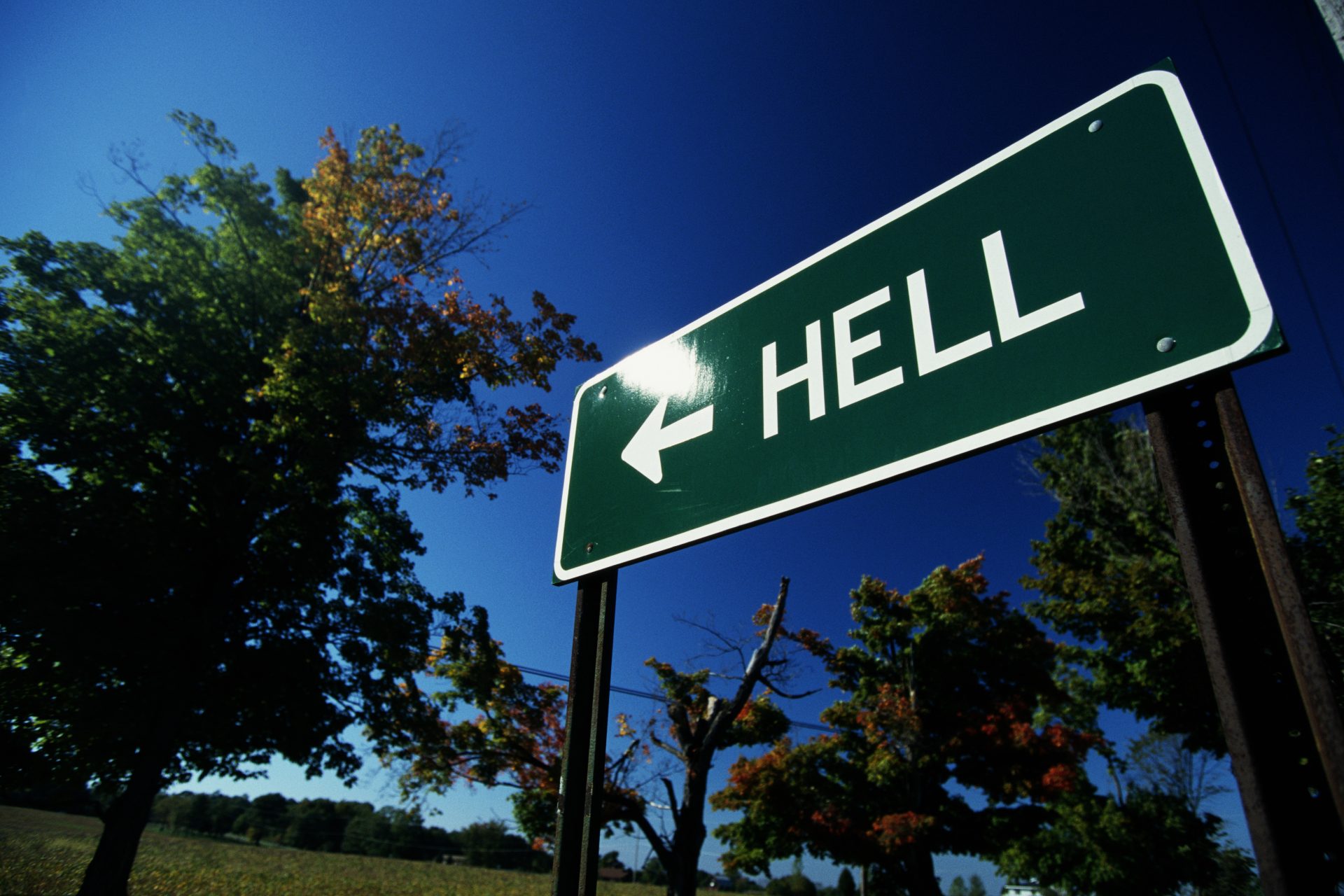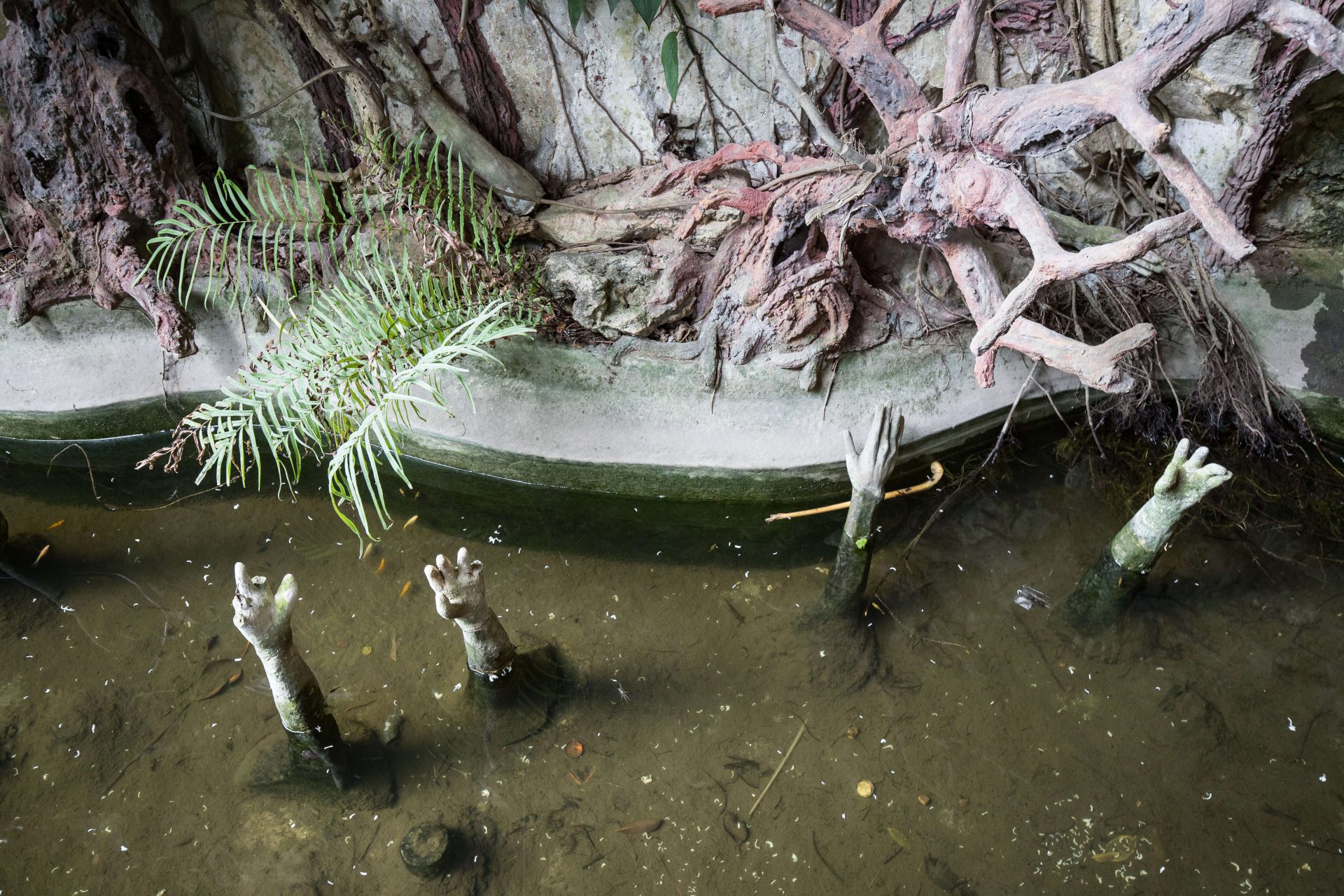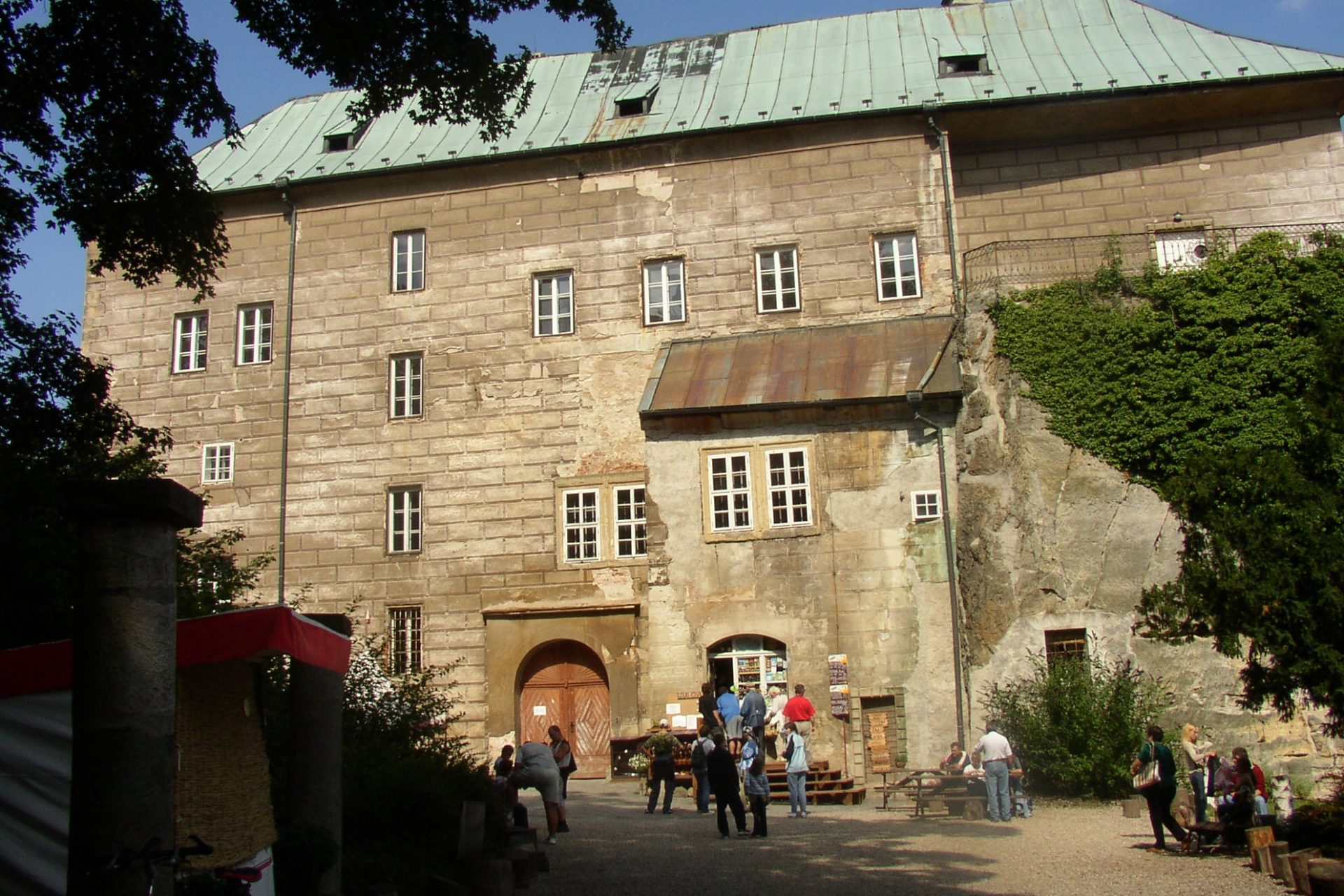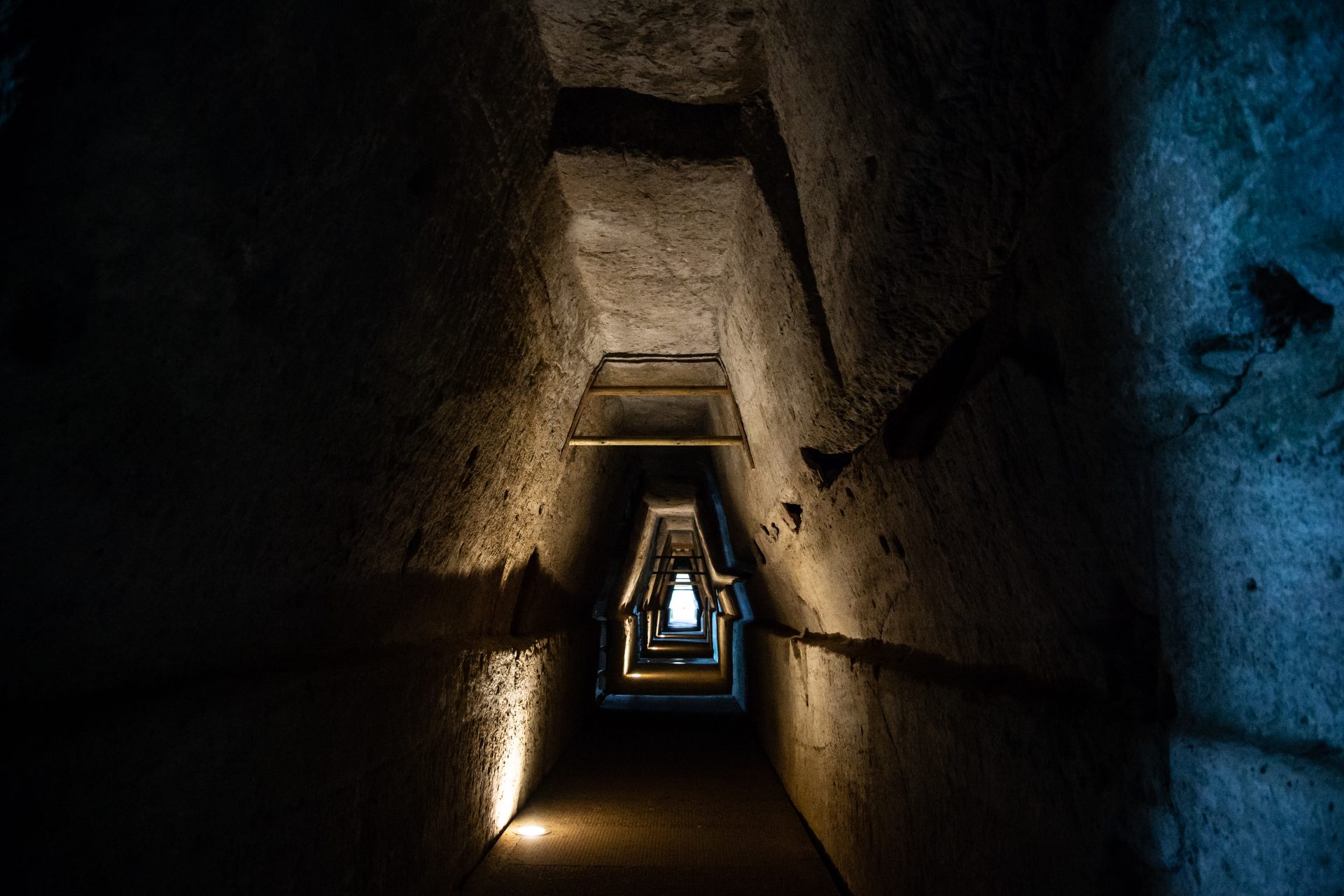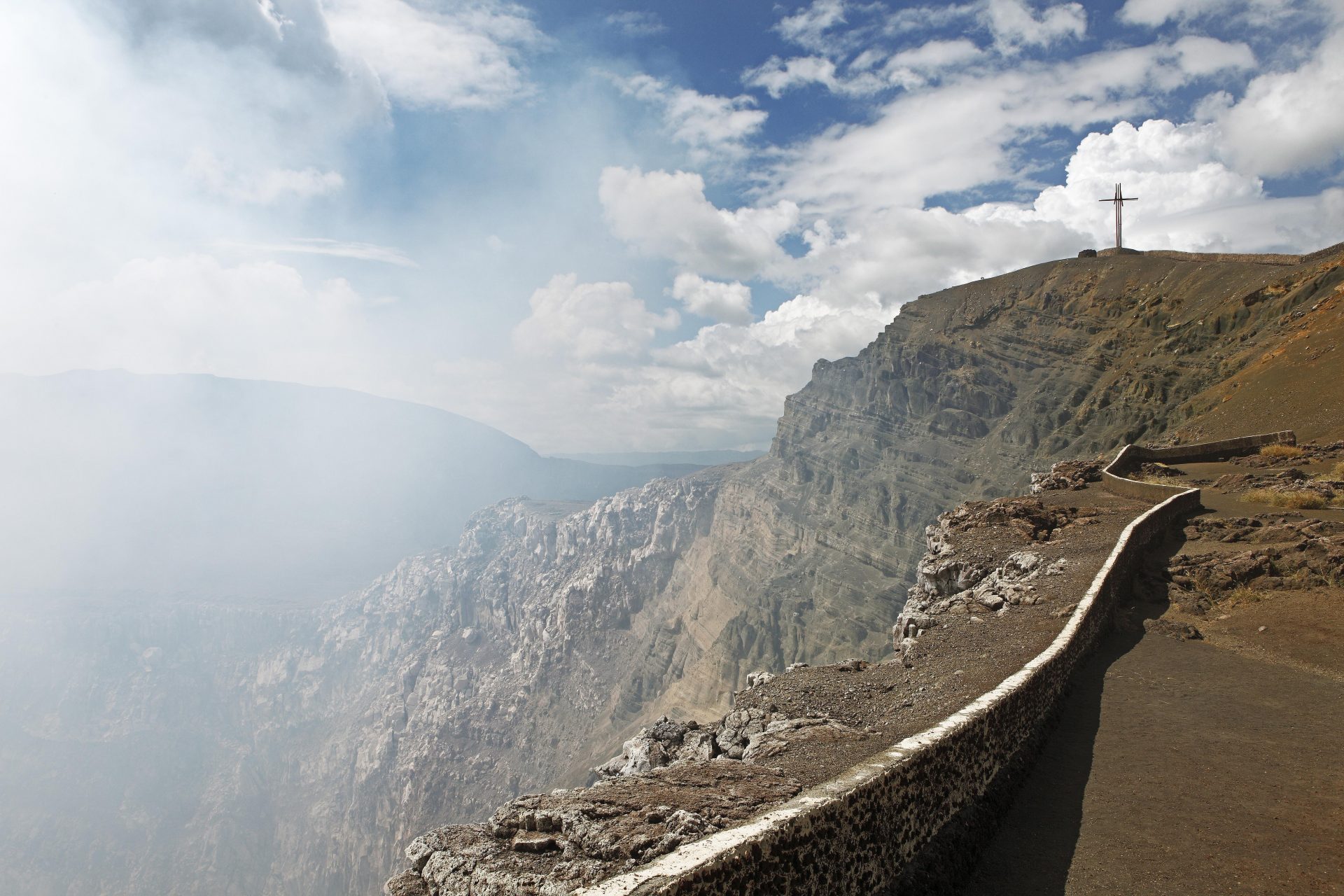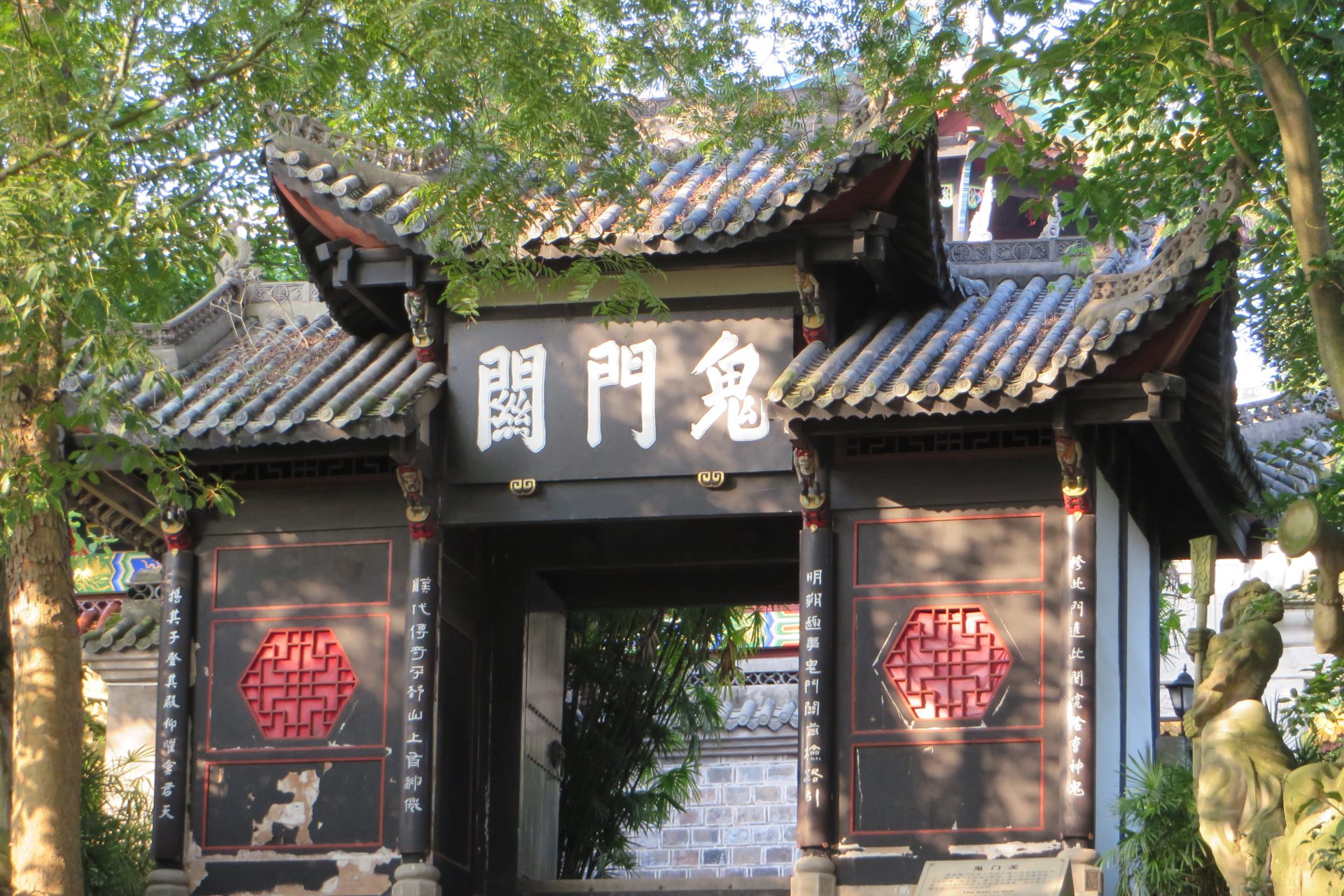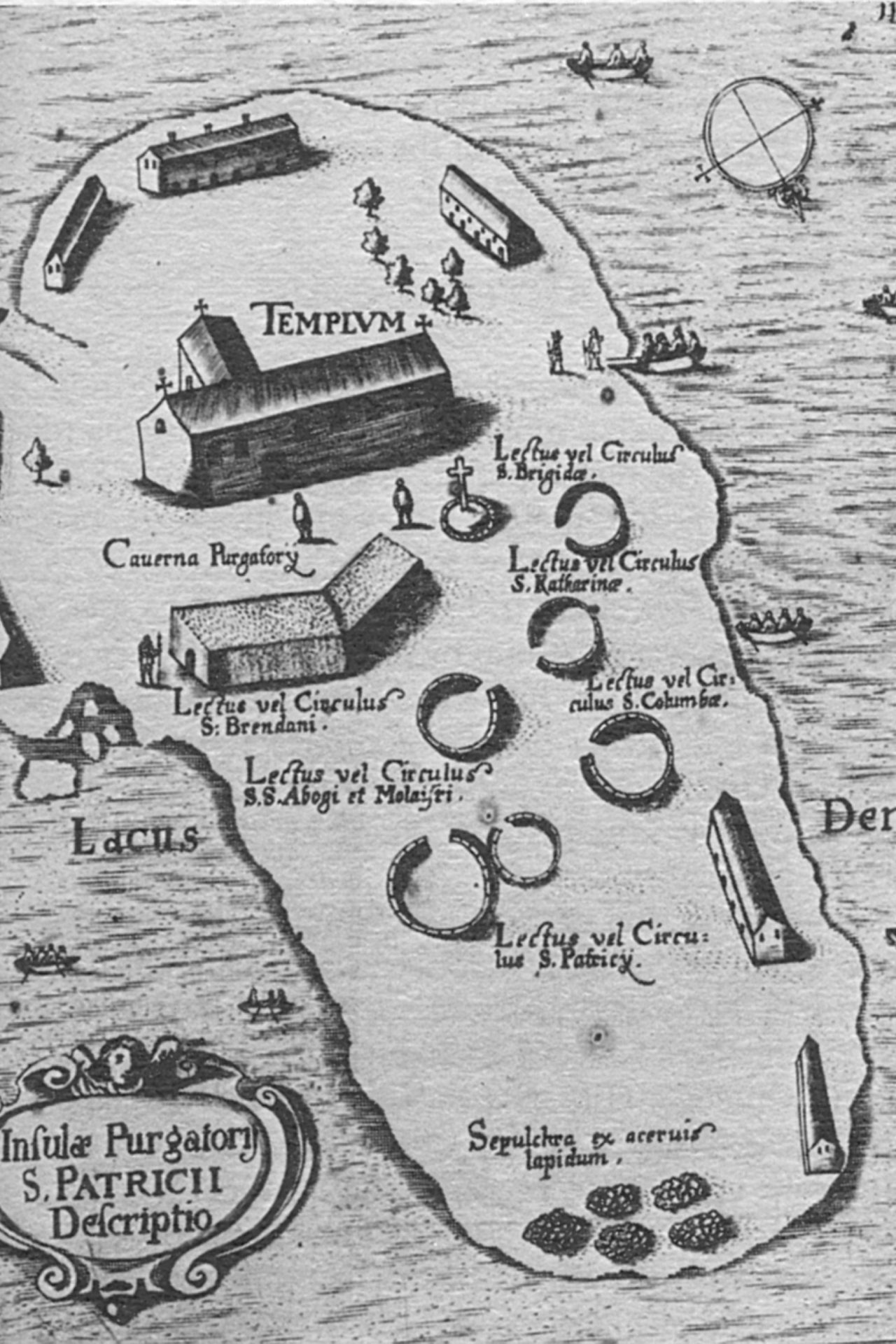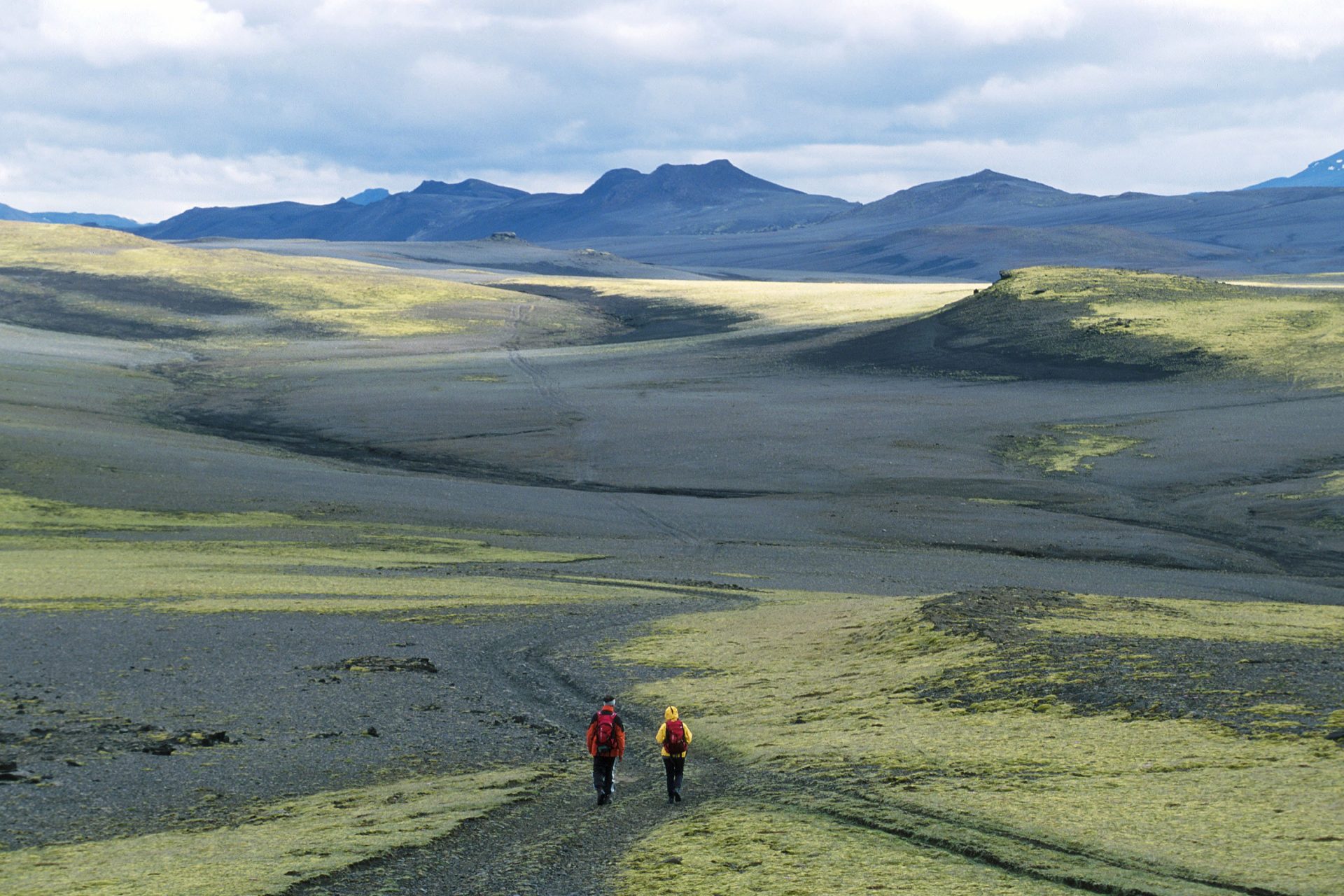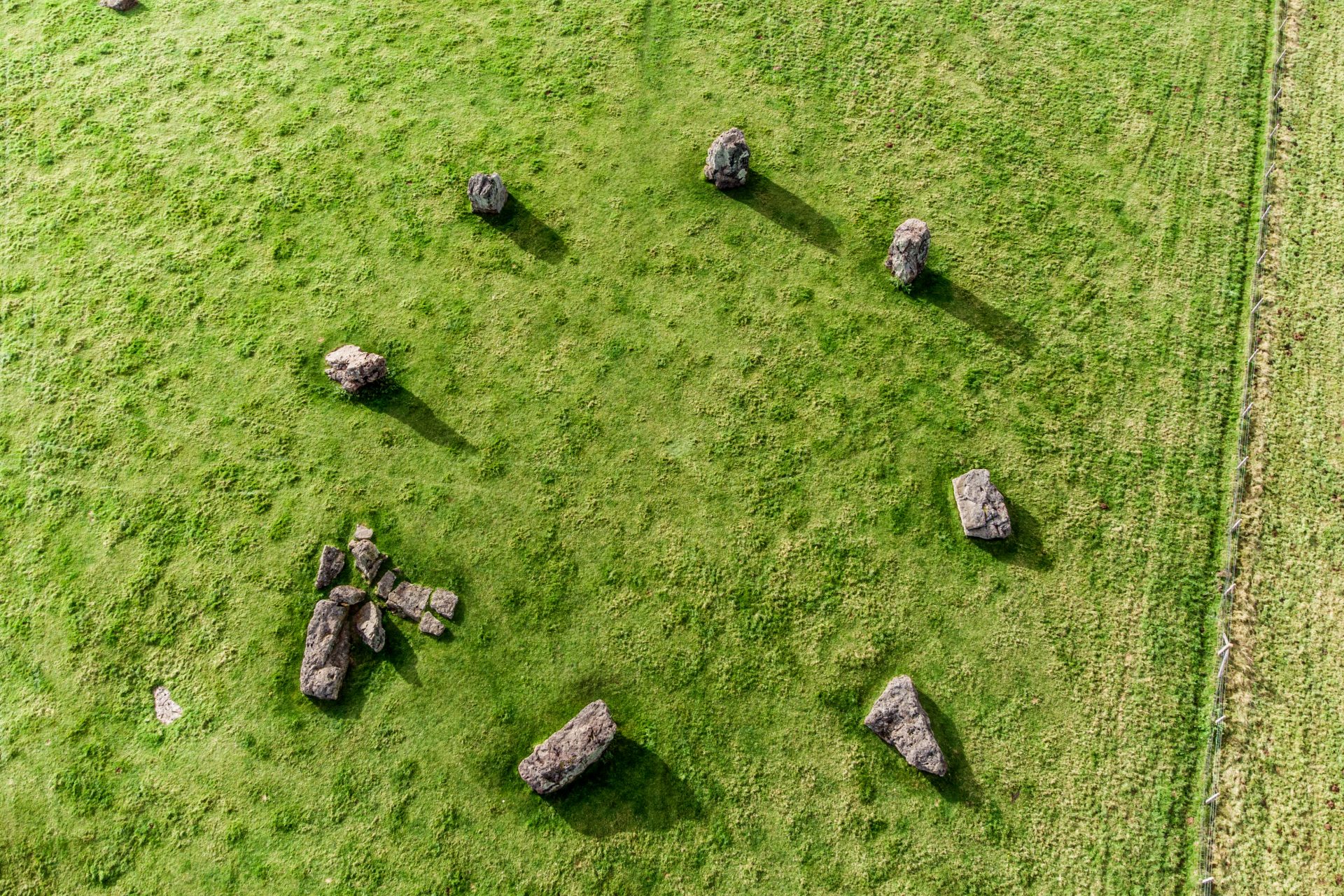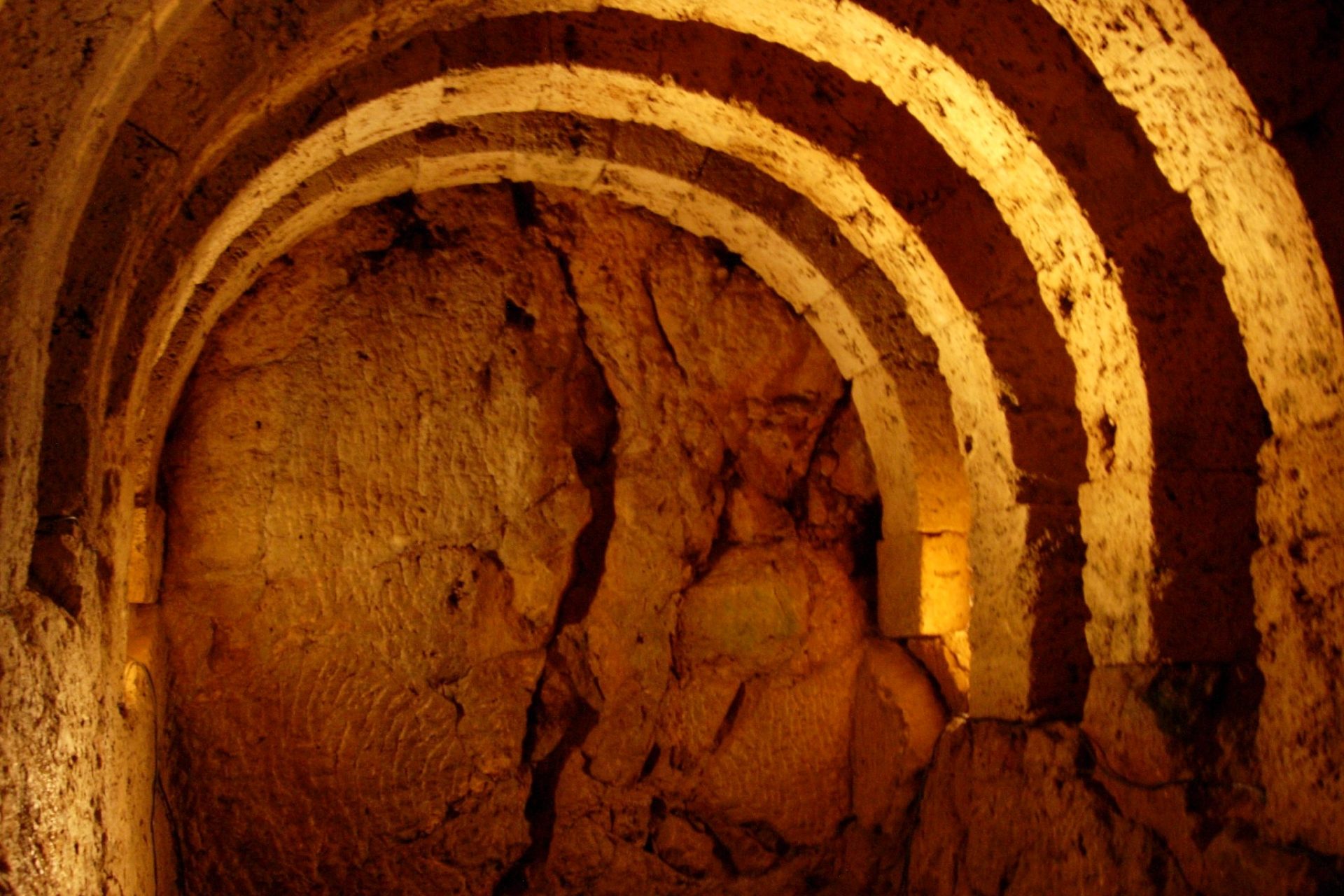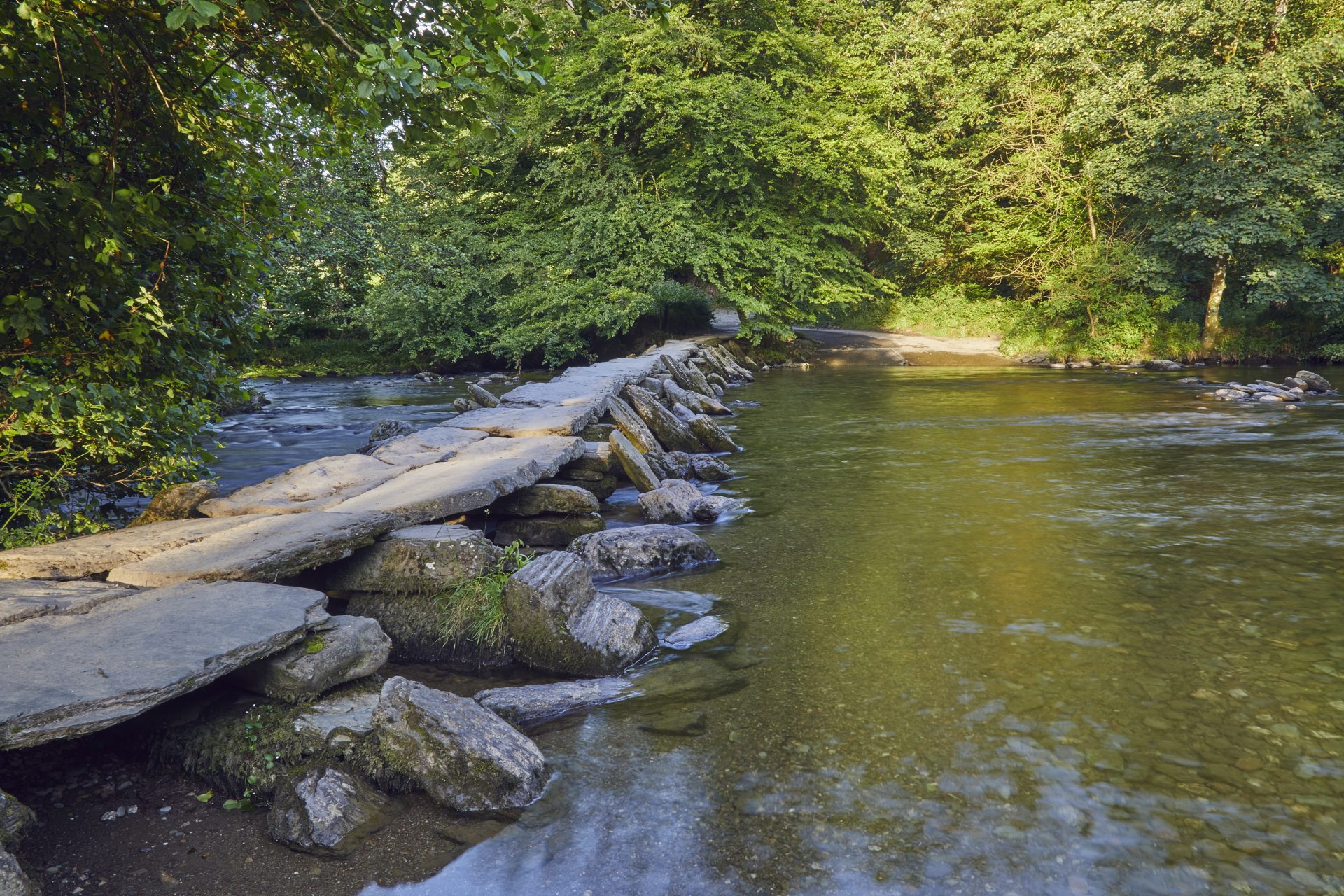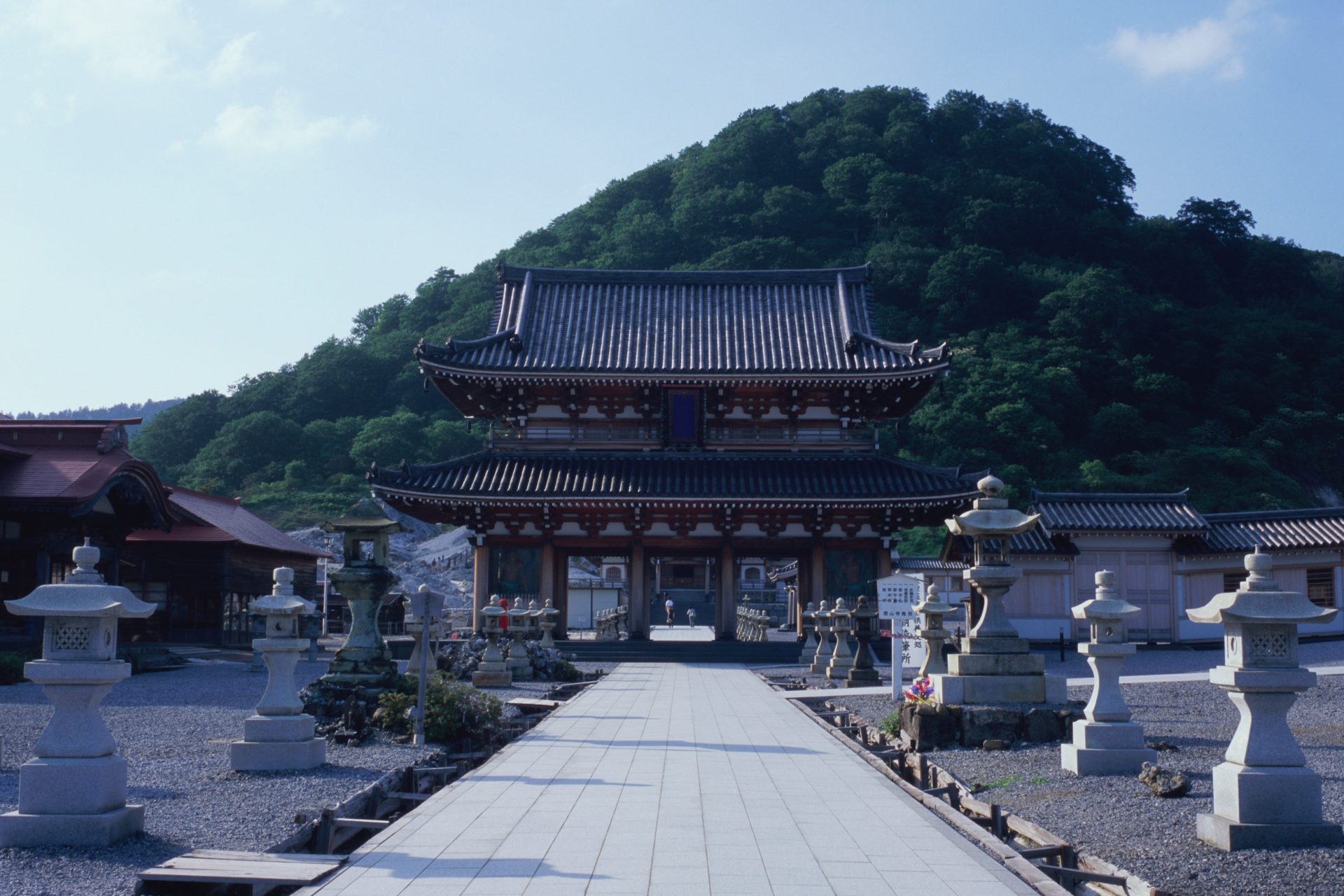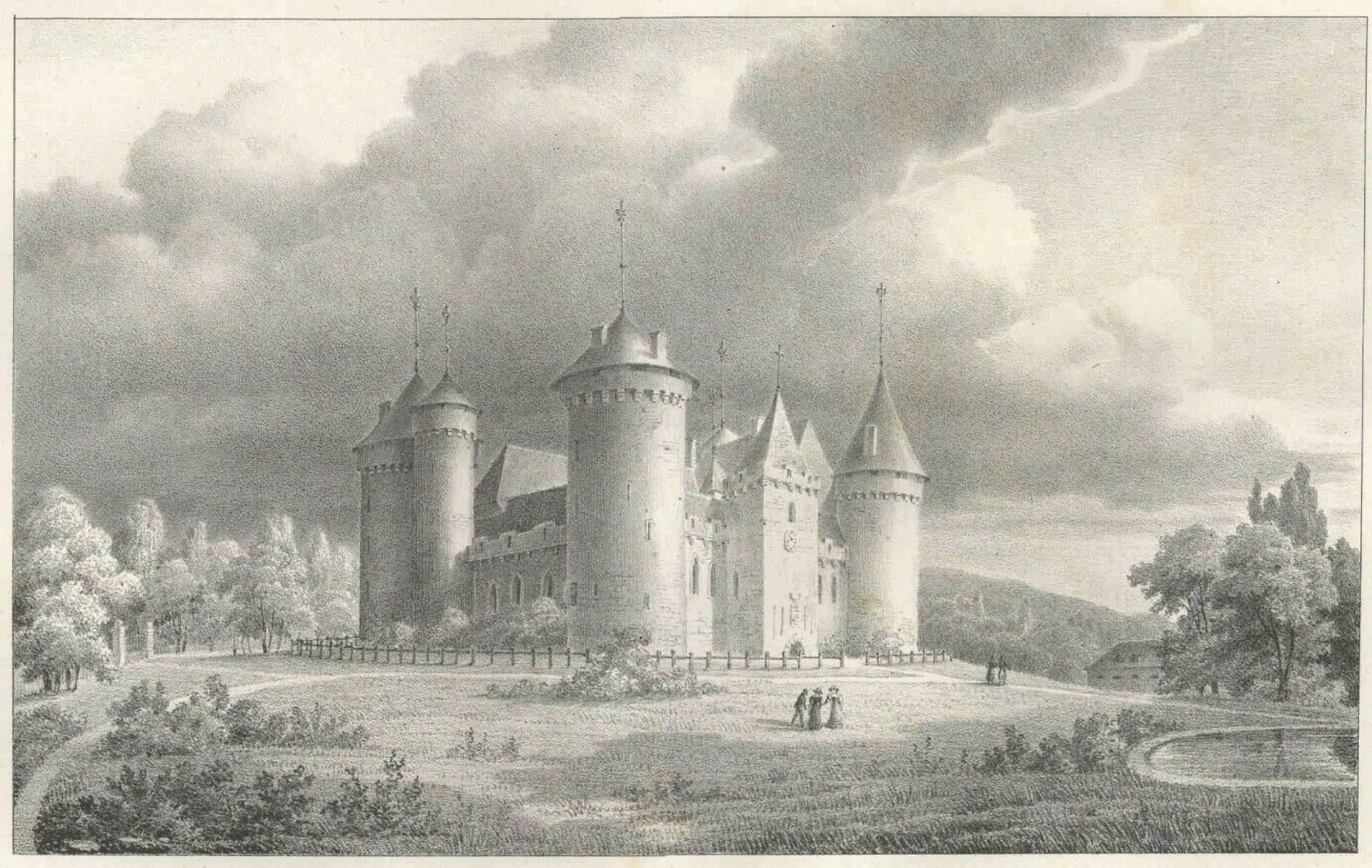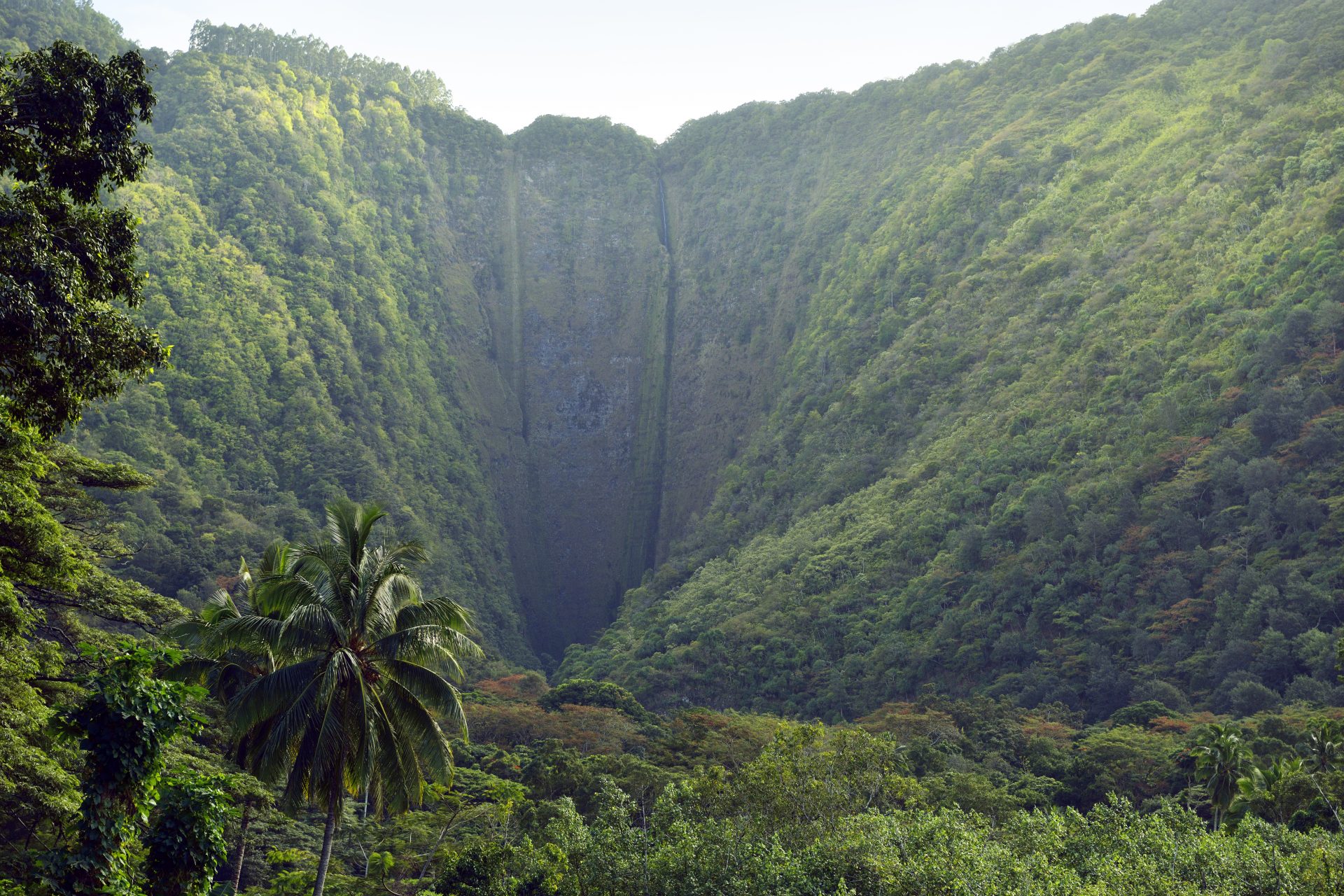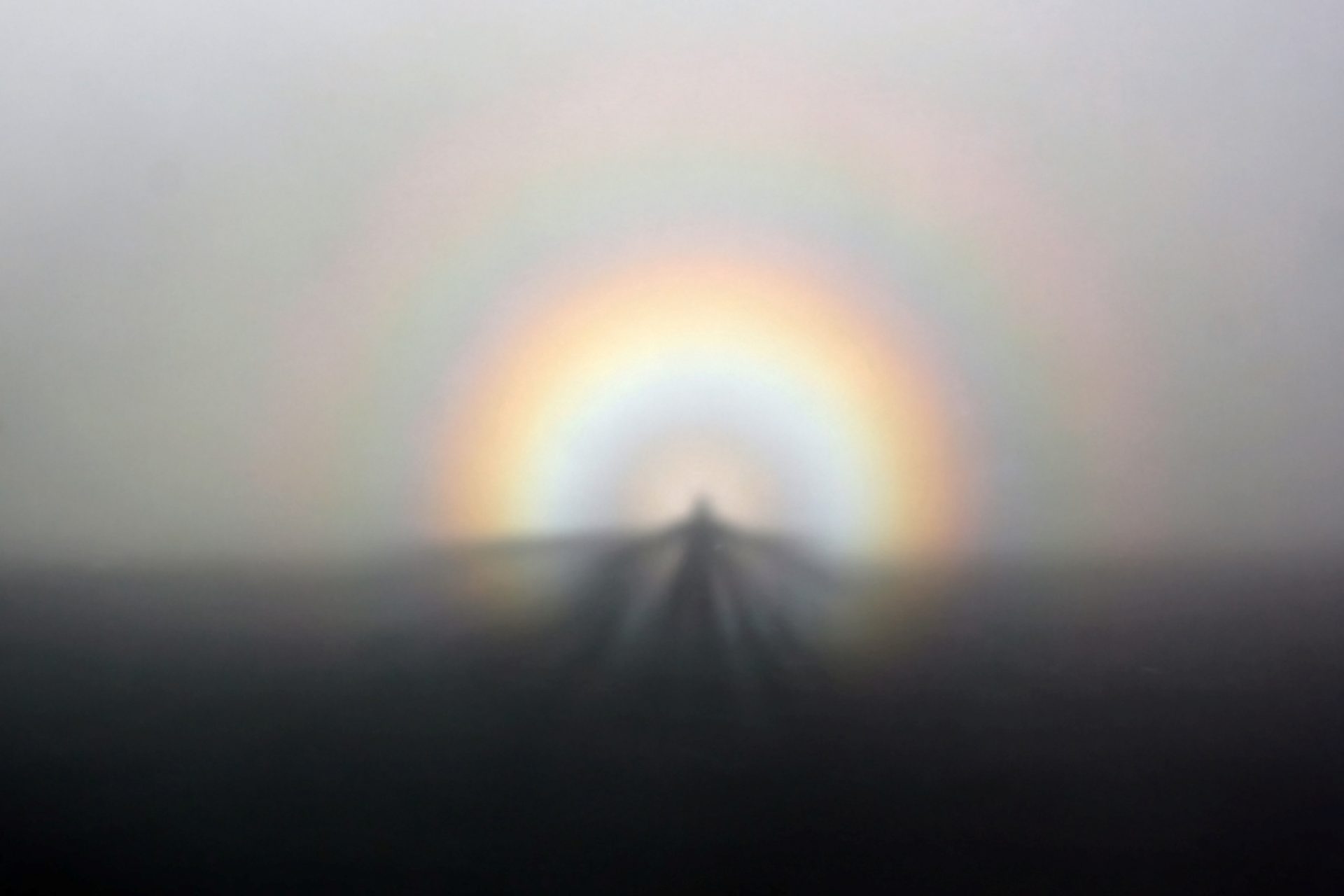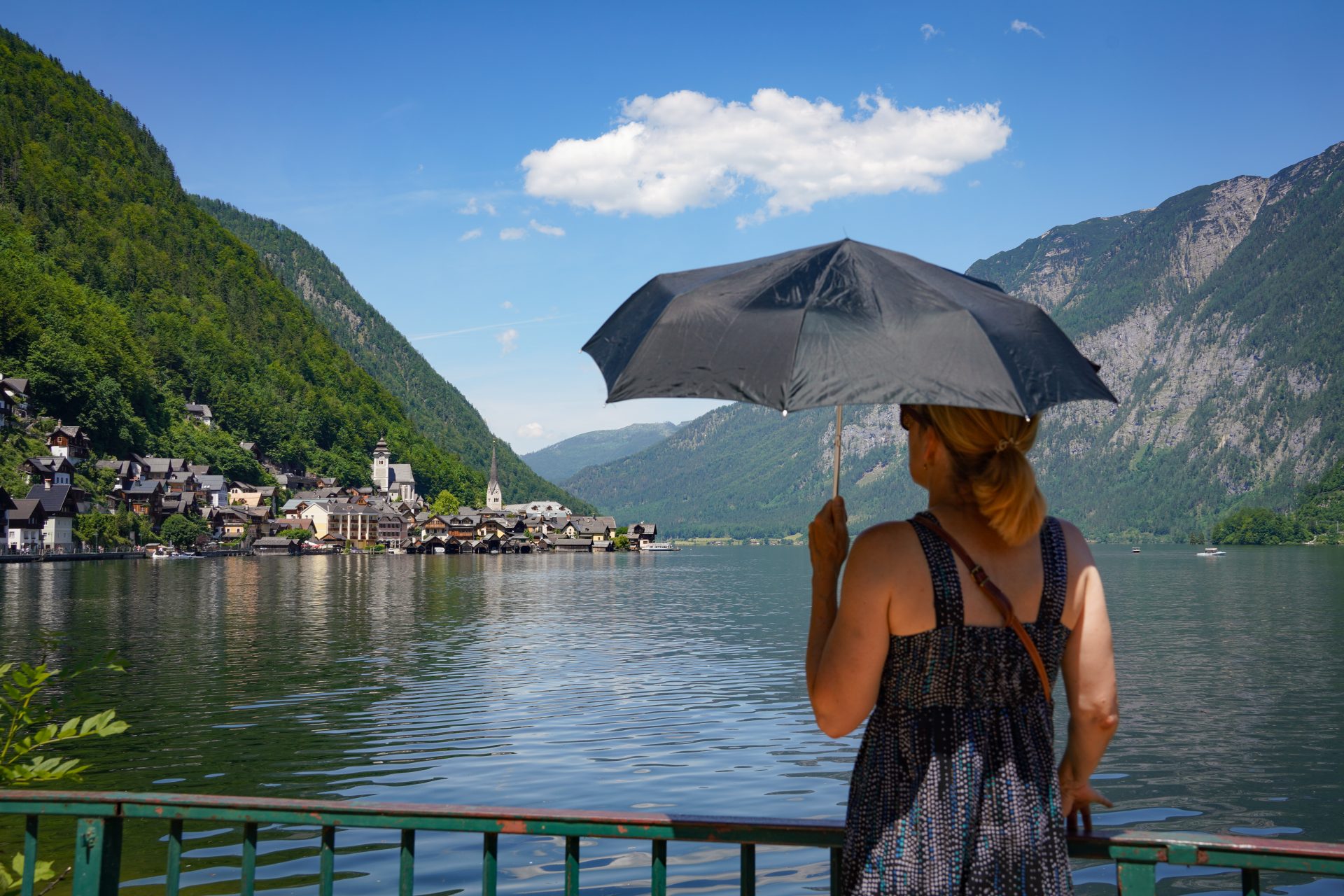Extreme tourism: How to visit Hell on Earth
Tourism has been getting increasingly niche each year, with people trying to visit some truly odd places. And for those interested in trying to get as close to 'Hell on Earth' as possible, there are tips for this too. Whether it’s fire and brimstone, portals, or legendary dark places, these are some of the top spots.
This cave in the Marble Mountains of Da Nang is not just a natural wonder but also a representation of Vietnamese beliefs about the afterlife. As you descend into the Am Phu Cave, you encounter statues and scenes depicting both heavenly and hellish realms. The path through the cave takes visitors from 'hell' at its base to 'heaven' at its peak, providing a deeply symbolic and spiritual journey.
Follow Showbizz Daily to stay informed and enjoy more content!
Located north of Prague, this castle is said to have been built over a gateway to Hell. According to the tales, demonic creatures and malevolent spirits were said to crawl out from this hole, and the castle was built to seal this gateway. During its history, the castle had no fortifications, no kitchen, no water, and no occupants, adding to the belief that its primary purpose was less earthly. During WWII, Nazis occupied it, and there is also legend that they engaged in occult activities there.
Image: Houska Castle, 2005, Mirek256 / Wikimedia
One of Turkmenistan’s top tourist destinations is a massive hole that has been on fire for more than five decades. Known by locals as 'The Gates of Hell,' it was created in 1971 when Soviet workers accidentally made a hole into a gigantic natural gas cavern. Poisonous fumes began pouring out and to stop the fuels, the Soviets decided to light the gas on fire.
"The Gates of Hell are open night and day; Smooth the descent, and easy is the way: But to return, and view the cheerful skies, In this the task and mighty labor lies…" wrote Virgil in The Aeneid, describing this spot. Believed to be the home of the Cumaean Sibyl, a priestess in ancient mythology who could predict the future, visitors to this dark, winding cave can imagine hearing the mysterious prophecies guide them to the underworld.
Masaya is one of Nicaragua’s most active and intriguing volcanoes. Spanish conquistadors named it the 'Mouth of Hell' and believed it was a gateway to the underworld, with one even erecting a cross on it to exorcise the demons. According to local lore, in times past, previous inhabitants also made sacrifices to appease the spirits believed to inhabit the volcano, throwing offerings into the bubbling lava below.
Literally translated as "Demon Gate," Guimen Gate is a term rooted in Chinese folklore, often referring to the mythical entrance to the underworld. It's believed that spirits pass through this gate for final judgment. Those deemed evil are sent to a tortuous realm. While this is a mythical place, it is represented in a temple in Ming Mountain, which is complete with sculptures of demons doing gruesome things.
Image: Gates of Hell at Fengdu Ghost City, Chongqing, China, 2014, Jpbowen / Wikimedia
On Station Island in Lough Derg lies St. Patrick's Purgatory, an ancient pilgrimage site. According to legend, the site dates from the fifth century, when Christ showed Saint Patrick a cave on Station Island that was an entrance to Purgatory. For centuries, pilgrims have flocked to this remote location to fast and pray, hoping for spiritual revelations. The three-day pilgrimage involves fasting, continuous prayer, and barefoot vigils, making it both a challenging and deeply spiritual experience.
Image: J-M. Picard and Y. de Pontfarcy, 'Saint Patrick's Purgatory, Four Courts Press,' (Sulzbach 1666) via Thomas Carve / Wikimedia
Mount Hekla is one of Iceland's most active volcanoes, and it has also activated some dark thoughts. Throughout the Middle Ages, it was believed that the souls of the condemned journeyed through Hekla's fiery eruptions, leading to its devilish reputation. Frequent eruptions and the barren landscape around it add to the foreboding aura.
Located in Somerset, the Stanton Drew Stone Circles are one of the largest complexes of prehistoric standing stones in England. According to local folklore, the stones are the petrified remains of a wedding party who dared to dance on a Saturday evening, only to be turned to stone by the devil.
The Necromanteion was an ancient temple dedicated to Hades, the god of the underworld, and his consort, Persephone. Located on the banks of the Acheron River, often referred to as the "Styx" in myths, it was believed to be a portal to the underworld. Pilgrims would travel to this temple seeking to commune with the spirits of the dead via a long-dead oracle.
Image: Basement of Necromanteion, 2005, Samuli Lintula / Wikimedia
This ancient clapper bridge, made of large flat stones, is said to date back thousands of years. Local legends in Somerset tell tales of the devil's hand in its creation. Some say that the devil built the bridge so he could have a place to sunbathe. While the connection to hell might be more lighthearted in this instance, the bridge's mysterious origin and the surrounding verdant woodland make it a magical place to visit.
Translating to ‘Mount Dread,’ this Buddhist pilgrimage destination is situated in the northern Tohoku region of Japan. Considered one of the most sacred sites in the country, it is believed to be one of the gates of the underworld with its sulfuric waters and barren landscapes. It's also home to Bodai-ji, a temple where visitors can consult with itako, spiritual mediums, who claim to summon the souls of the dead and deliver messages in their voices.
In the picturesque Limousin region is an impressive castle with a history spanning over ten centuries. But it's the Devil's Tower that holds a sinister legend. It says that after an earthquake, a strange visitor showed up and promised to repair the city with his magic in return for being able to marry the Bonneval daughter. They realized it was the devil when he touched holy water. The tower he rebuilt then sunk into the ground and then shot back up out of the earth.
Image: Charles-Caïus Renoux, Chateau de Bonneval / Wikimedia
In Hawaiian mythology, Lua-o-Milu is the underworld, a place where the souls of the departed go after death. Located in a volcanic crater, legends describe it as a shadowy realm ruled by the goddess Milu. While the precise location of the portal has been said to have been covered by black sand, it’s said to be in Waipio Valley.
In the heart of Germany's Harz Mountains lie two striking rock formations: the Teufelskanzel (Devil's Pulpit) and Hexenaltar (Witches' Altar). Local folklore is steeped in tales of witches and devils. The legend goes that witches would gather at the Hexenaltar for their sabbaths, while the Teufelskanzel was said to be the place where the devil preached to his followers. Not for nothing, the place often gives rise to the eerie Broken specter illusion that looks like a huge ghost.
Image: Brocken Inaglory/ Wikimedia
Follow Showbizz Daily to stay informed and enjoy more content!

